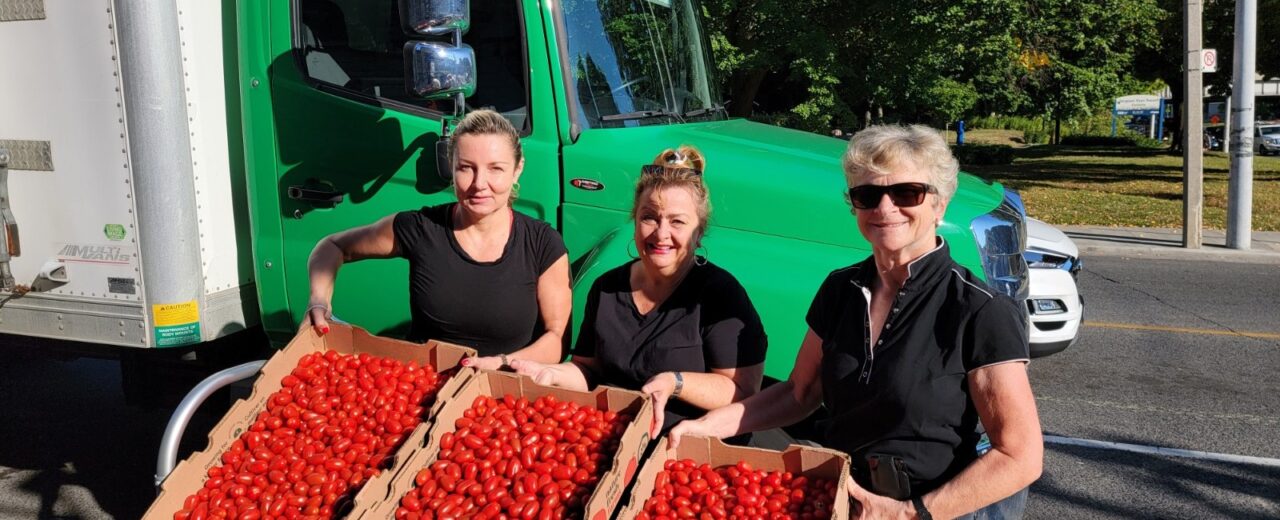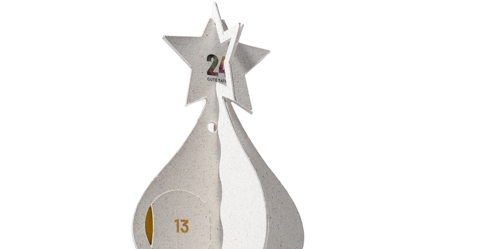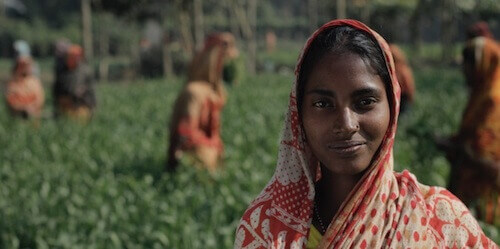 NO WASTE – NO HUNGER
NO WASTE – NO HUNGER
Food Waste and Insecurity in Canada
Did you know that $49 billion worth of food is wasted in Canada every year? That’s enough food to feed every person living in Canada for nearly five months. Second Harvest is a global thought leader on food recovery, our mission is to grow an efficient food recovery network to fuel people and reduce the environmental impacts of avoidable food waste.
Necessity
Keeping surplus food out of landfills in Canada, reducing harmful greenhouse gases and redistributing surplus food to food-insecure Canadians
Activity
Finding surplus edible food that businesses can’t use, and through our food recovery network, get it to the people in our communities who need it
Countable effort
With every GOOD DEED Second Harvest will divert 9 lbs of greenhouse gases from being emitted from landfills in Canada.
Result
With our GOOD DEED we will be able to reduce 42,730 lbs of greenhouse gases.
Systemic effect
Mitigating the effects of climate change globally while supporting food relief programs nationally
Background
Our GOOD DEED will focus on the main social and environmental implications of food loss and waste (FLW). FLW creates enormous economic costs to businesses and societies across Canada and has a significant impact on our environment. In Canada, only 4% of surplus edible food is rescued and redistributed. Ninety-six percent of the surplus within our food system is either thrown away or diverted to an alternate use such as animal feed or biofuel. Of the 3.2 million tonnes of surplus edible food accounted for within the system, a conservative estimate of 3.1 million tonnes goes to destinations, including landfill, instead of being rescued and donated. [Wasted Opportunity, 2022] Second Harvest is in the business of food rescue, and after more than three decades working on this problem, we know that there is much more that can be done. The amazing healthy and nutritious food we recover hides in plain sight: it is not waste; it is surplus that can’t be sold at market. Unfortunately, the number of people served per month by non-profit organizations dispensing free food is expected to increase by another 60% in 2023, on top of 134% growth in 2022. [Canada Needs a New Year’s Resolution for Food Insecurity, 2023] With so much food continuing to be lost or wasted Second Harvest remains more committed than ever to support in getting healthy, surplus food to the people who need it most. [Second Harvest Impact Report, 2020]
The good deed
Climate change, food waste and hunger are challenging issues, and it takes drive and the passion to face them head on. Second Harvest is reducing our country’s environmental footprint by keeping surplus food out of landfills and reducing harmful greenhouse gases, a leading source of human-caused climate change. Our programs serve a wide variety of demographics from children to seniors as well as new Canadians, Indigenous groups and low-income families. We are active in 13 provinces and territories across Canada, actively providing food to those who need it most. With our GOOD DEED’s help, we will be able to divert part of the 11.2 million tonnes of edible food that goes to landfill and reduce the greenhouse gases it would produce. By working directly with our 5,700 plus food donors across Canada, Second Harvest is able to get this surplus food to the plates of Canadians in need.
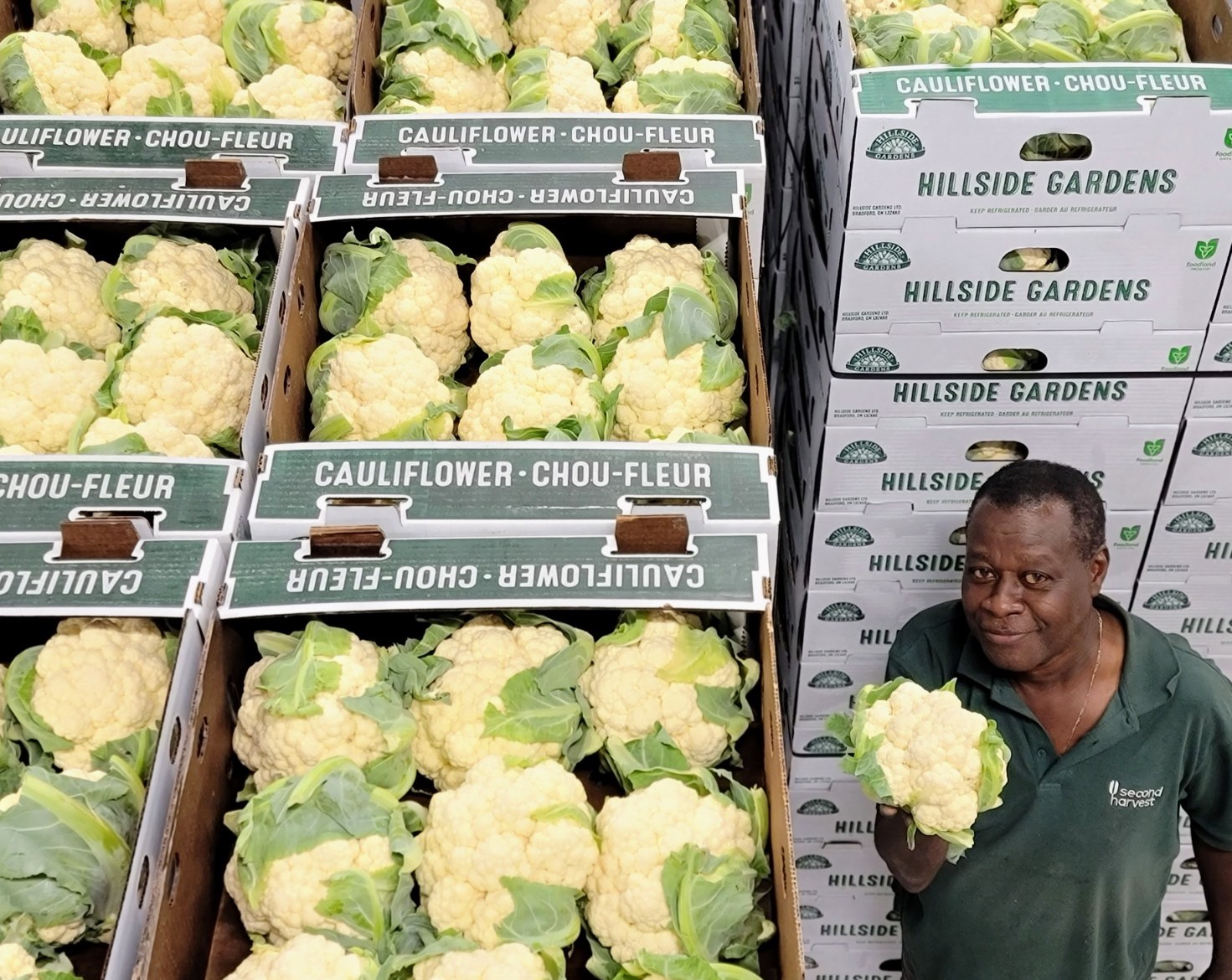
About Canada
Capital of Canada
Ottawa
Population in rural aereas in Canada
6,6 million people
17.8% of all Canadians
(2021)
GDP per capita
between 118,003 CAD$ (Nanuvit)
to 52,362 CAD$ (Prince Edward Island) (2021)
Happiness Index Canada 6,96 (2022 – The Global Economy)
13th rank worldwide
Ipsos poll for Global News found that 60% of Canadians are concerned they might not have enough money to feed their families (March 2022). We have 4 times more food charities than grocery stores. Almost 20% of Canadians get food from charitable organizations.
About the organization and further information
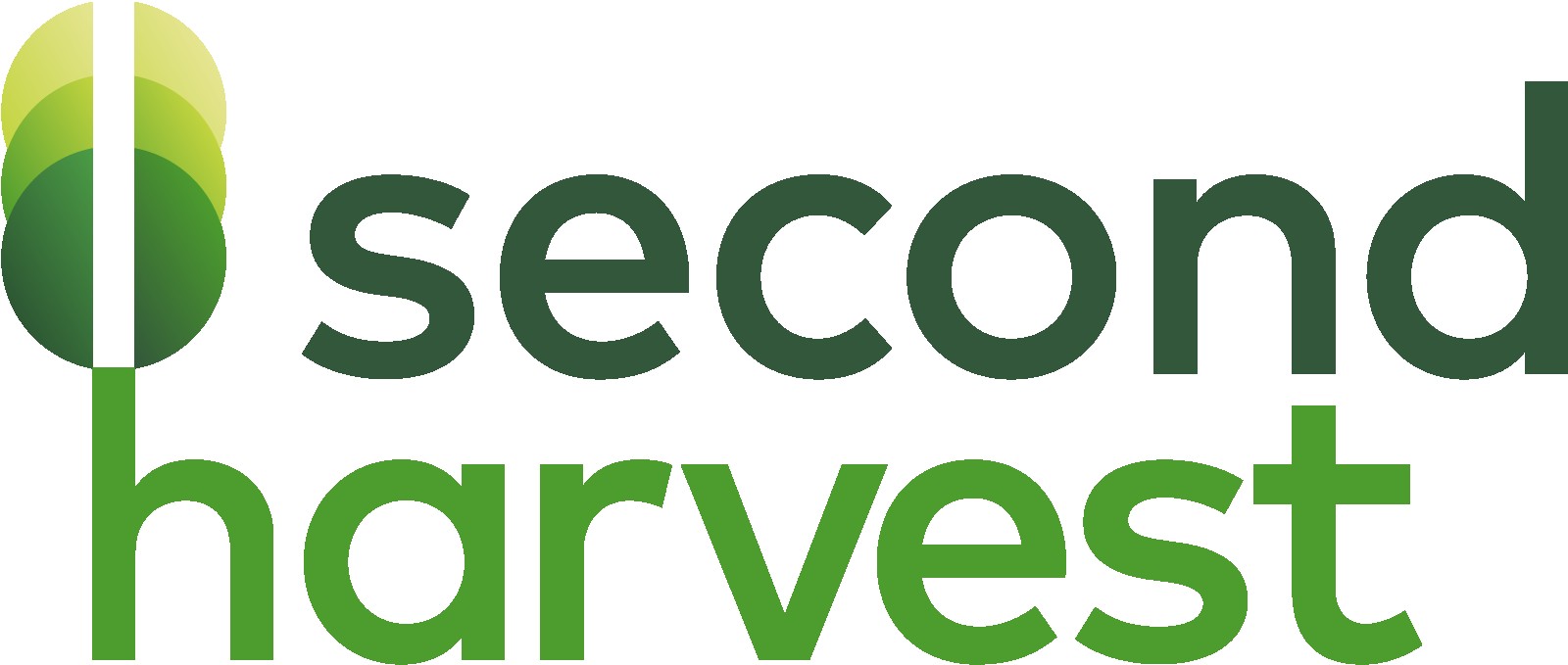
Second Harvest
